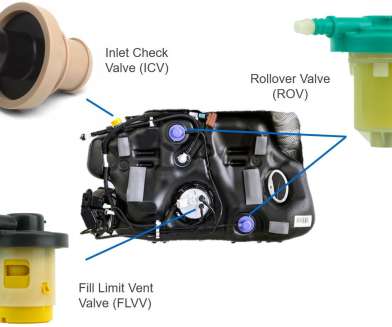DOE HPC4Mfg program funds 13 projects to advance US manufacturing; welding, Li-S batteries among projects
Green Car Congress
AUGUST 31, 2016
A US Department of Energy (DOE) program designed to spur the use of high performance supercomputers to advance US manufacturing has funded 13 new industry projects for a total of $3.8 GM and EPRI. Sepion’s polymer membrane technology provides a counterpoint, yielding long-lasting lithium-sulfur cells.
















Let's personalize your content